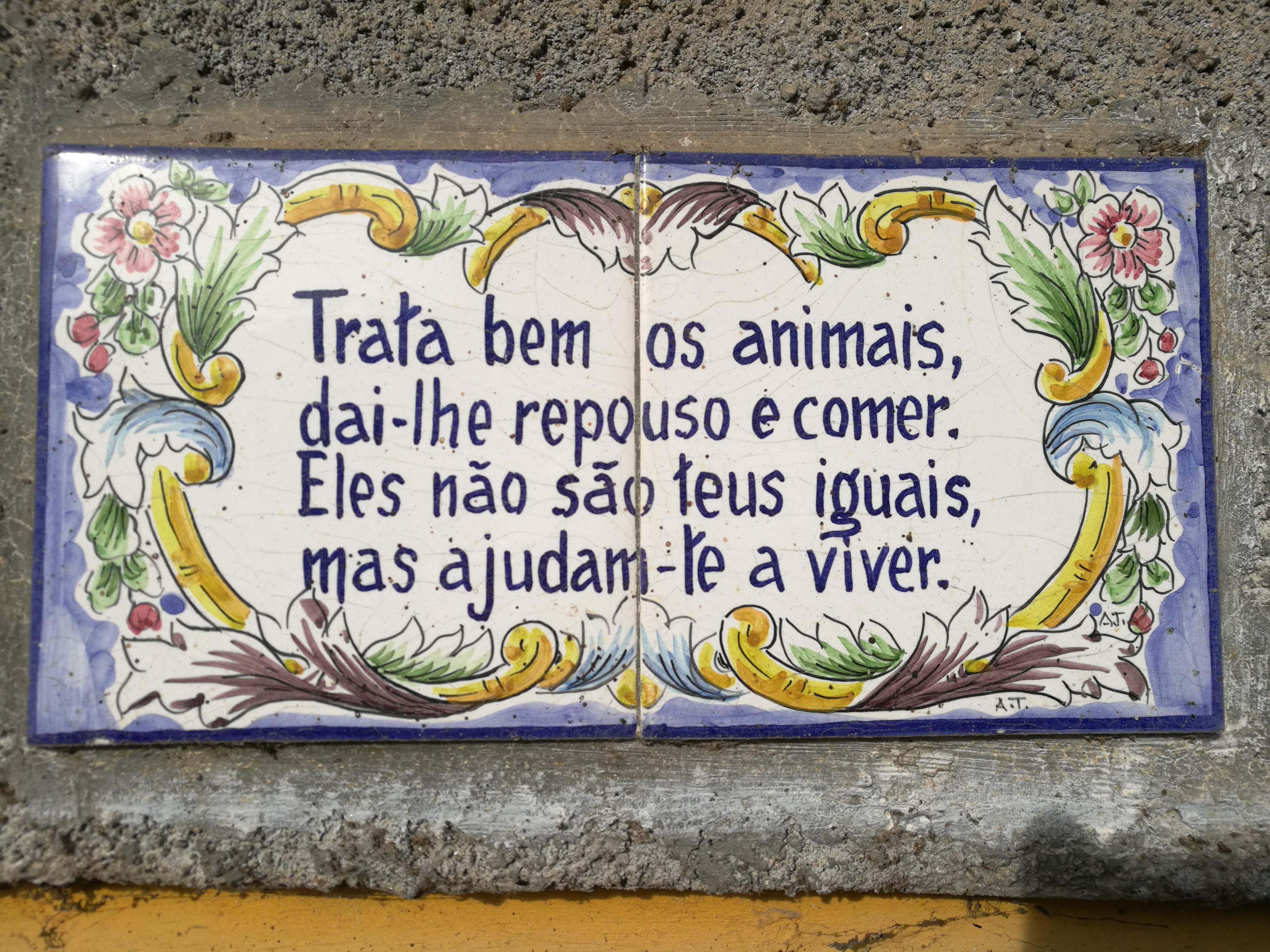How to elaborate an adapted problem situation ?
Isssue
Learners' conceptions of animal welfare are rooted in values with regards to the animal, the human-animal relationship and the profession of animal husbandry. Enabling them to become aware of these values, to grasp their subjective dimension, to substantiate them scientifically, to make them move, implies generating a cognitive, emotional and/or ethical conflict. Getting students to think about a problem situation (a dilemma, a philosophical question, a case study, a simulation game) is likely to generate such constructive conflicts. As a student said: “Without a problem situation, it would have been more "blah-blah" on personal considerations, but from which nothing can be taken away. Now everybody's got the same thing, we're talking about the same situation.”Objective
For the educator: elaborate a problem-situation enabling a cognitive dissonance, a socio-cognitive conflict.For the learner: confront his/her point of view, to develop their argumentation, to elaborate new ideas.
Method
Before defining a problem-situation, you have to be clear about the obstacle, which means that it has to be surpassable, or the competencies that you want to improve.A situation-problem can be associated with case studies, real cases, a formula that gets in the way (which creates a cognitive conflict, which disturbs), a problem that seems impossible to solve, a result that doesn't seem logical, a dilemma, a philosophical question. Different responses must be acceptable and/or different resolution strategies usable.
It will be chosen to be provocative and motivating according to the main conceptions of the learners. It must be complex enough to allow different possible solutions. The data proposed as part of the problem situation must be intelligible to the pupils to whom they are addressed.
The triggers and the information given in the problem situations are a key-point. They must question, disrupt the references, annoy, surprise. Usually “learners speak about their practices but they don’t compare them to anything else. To make a choice it is necessary to know several things. If you know one direction only, there is no choice. If you only know your parents’ or professional trainer’s practices, you make no choices. To know why you make a given choice is building a professional identity” (a zootechny teacher). So, it’s necessary to give information and new practices which are unknown, considered as marginal. Anicare proposes a panel of videos proposing several ways of acting around a given professional situation. They are not intended to be followed as good practices, but more to open the mind of the learner about other possibilities, to expand creativity.

Examples
- 1. The following case study has been proposed to farmer-students to develop an ethical judgement related to cows’ bedding:
This problem-situation should shed light on whether animal welfare is taken into account in the reasoning, according to the conception and how it is integrated into economic reasoning.
- 2. The dilemma is one type of situation-problem that invites the learner to contextualize a problem and implement an ethical judgement. The situation is therefore a dilemma for the student (and not only for the teacher). If the whole group has a clear-cut opinion on the dilemma, it is not educational, as it does not allow the argument to be deepened. If, on the contrary, it generates discomfort, disorder in the students, then it is a source of learning.
- • Should we dehorn or not dehorn calves or cows?
- • Should we castrate piglets or maintain their integrity?
Projecting the learner into the future, or in the other words proposing a prospective education, can also help the learners implement critical and creative thinking, problematize and identify social issues. For instance: “according to the current social situation and the different points of view about animal welfare, what will be the human-animal production relationship in 2050?”.
Pitfalls
One can easily be inclined to counsel rather than accompany the student. Counseling leads to doing some of the work for the student. Accompanying means understanding where the student is stuck and helping them to find a solution to their problem.If the problem-situation is assessed by a grade, the student will fear error and will no longer feel confident to function by trial-and-error.
If the study cases are attractive for some learners (such as the farmer students), they usually make students such as engineers or veterinarians more uncomfortable. These latter ones ask for a lot of information and have more difficulties in thinking with incomplete information. In other words, these students want to have a systemic view of the problem considering several dimensions, and it is usually impossible to describe a situation giving all the information needed. Nevertheless, it is impossible to detail all the information that could be required in the description of a case study. It is possible to give only some of the elements of the problem. The missing elements will be asked of the facilitator and provided as the students think about them.
Usually the learner looks for the educator’s objectives. He will consciously or not reduce his way of thinking according to what he thinks the educator wants from him as this student says: “I think you wanted to steer us towards a type of cow housing. And so our answers were oriented in that direction."












